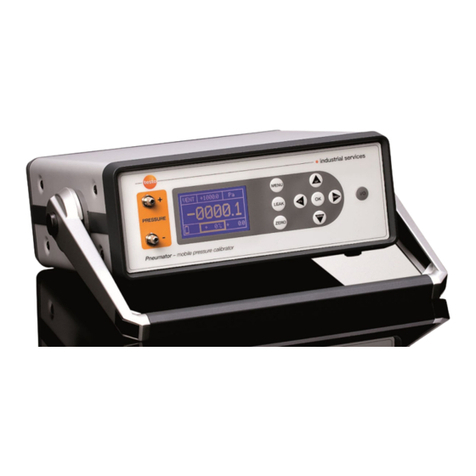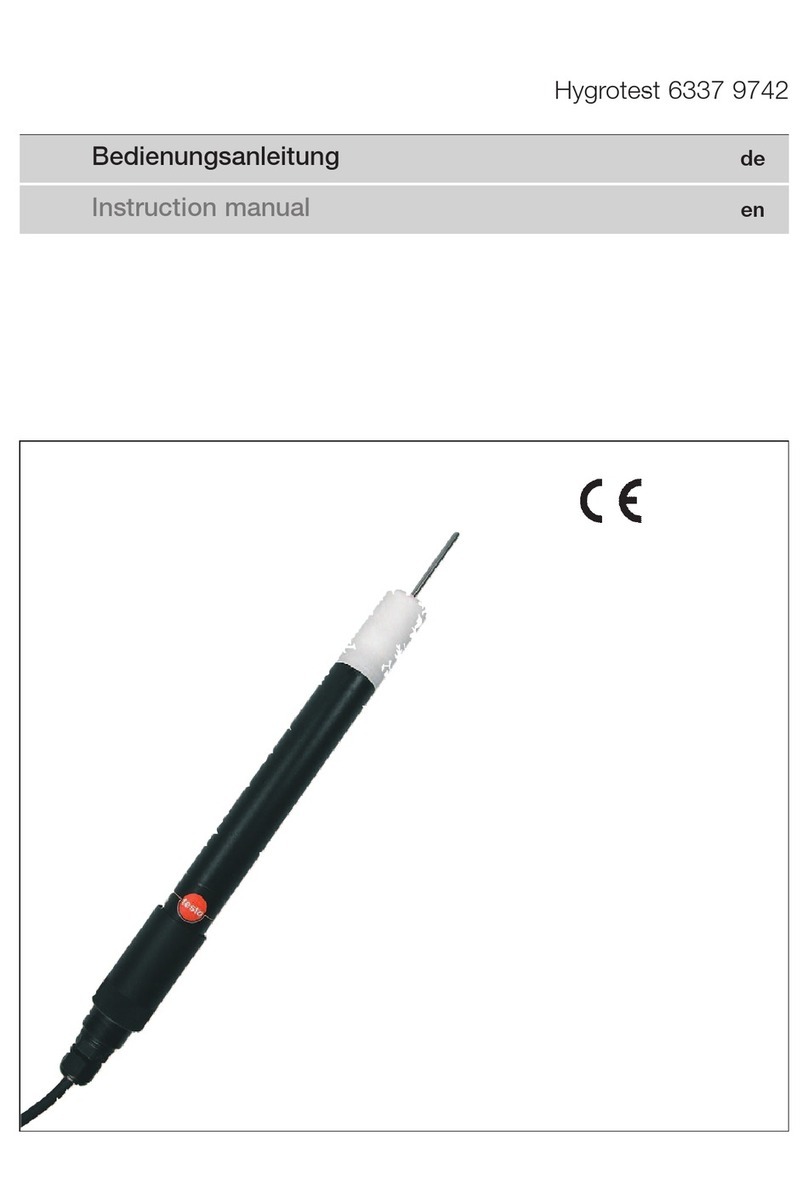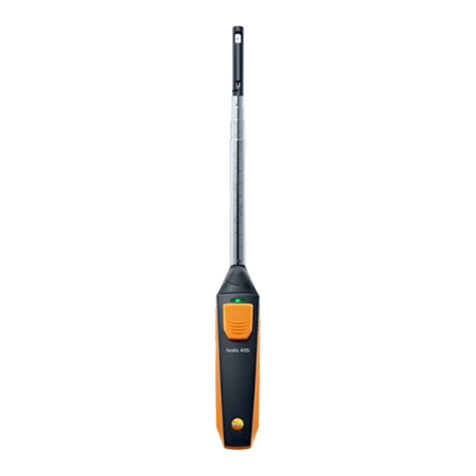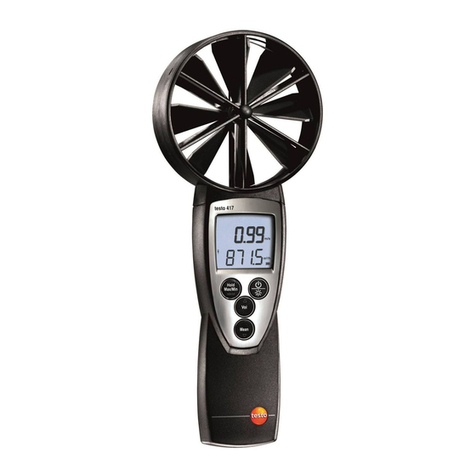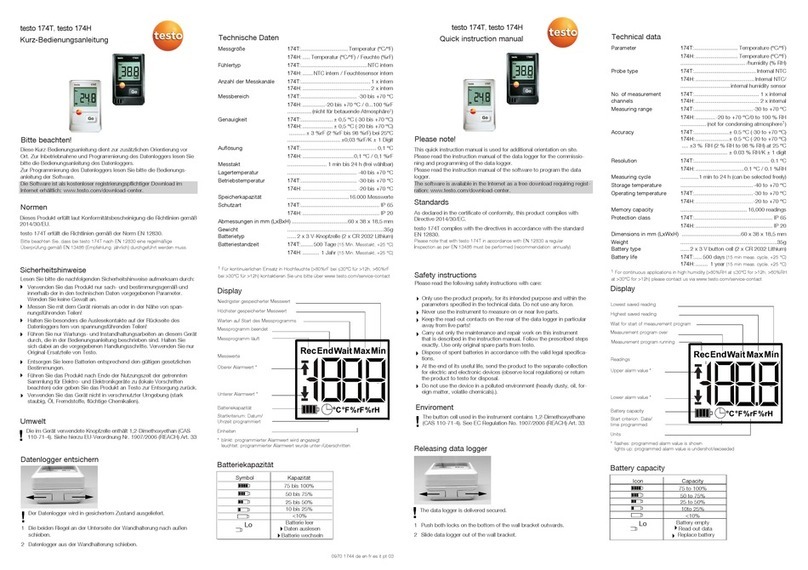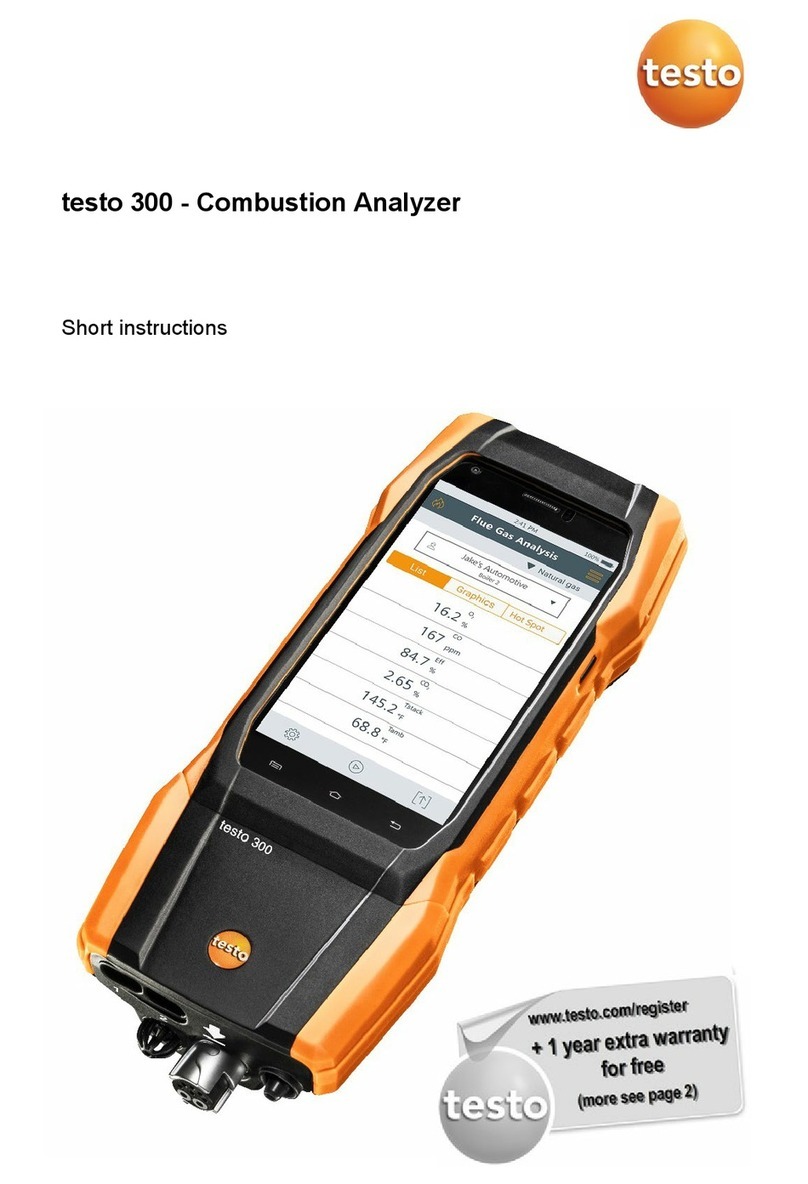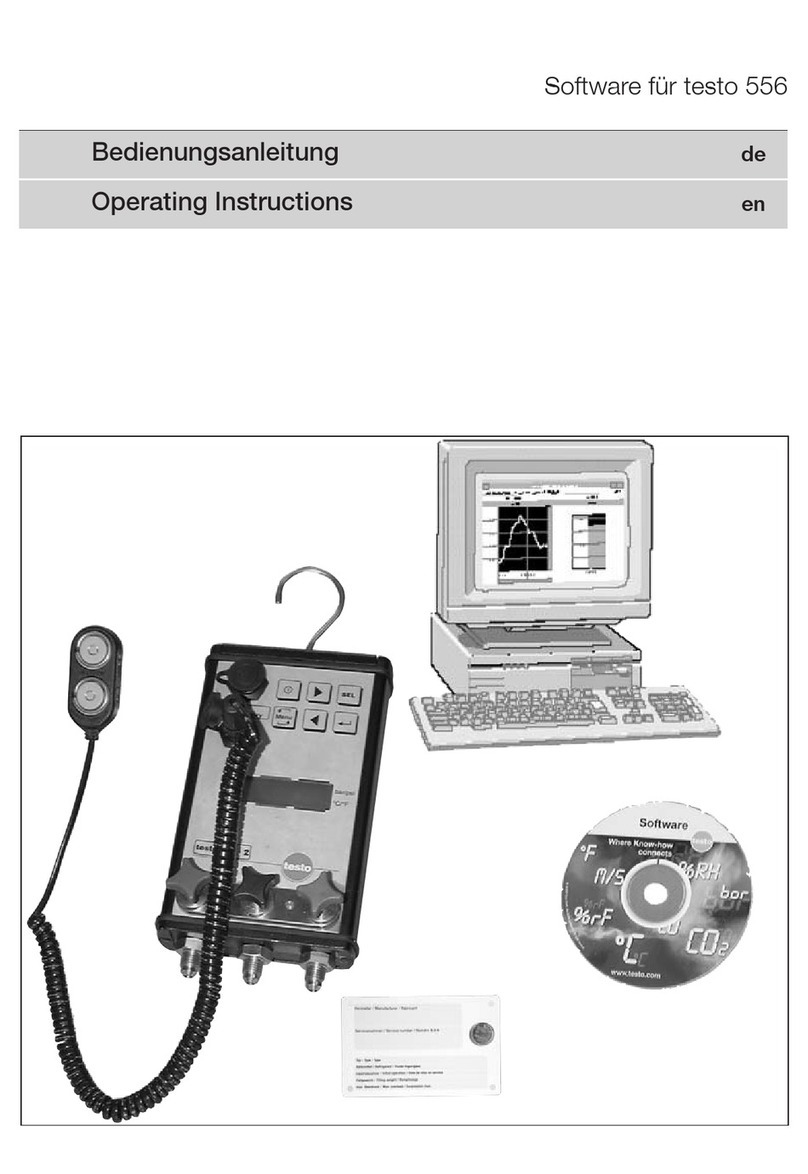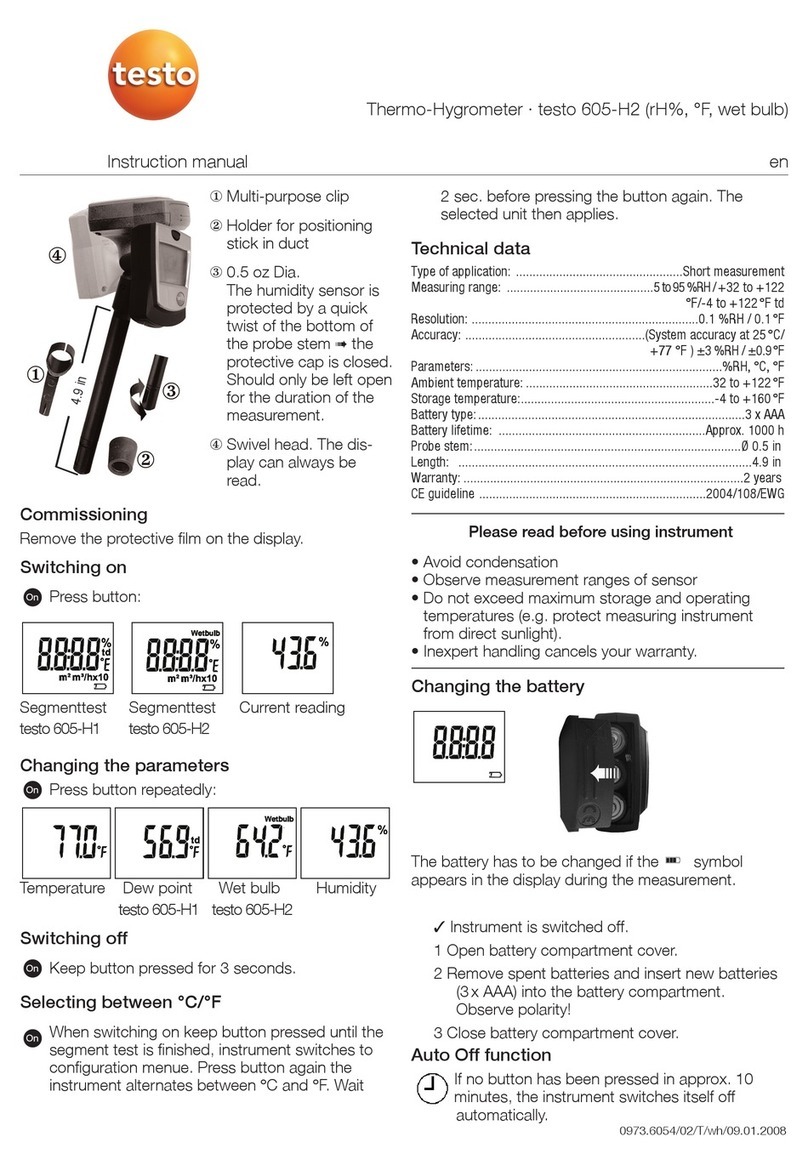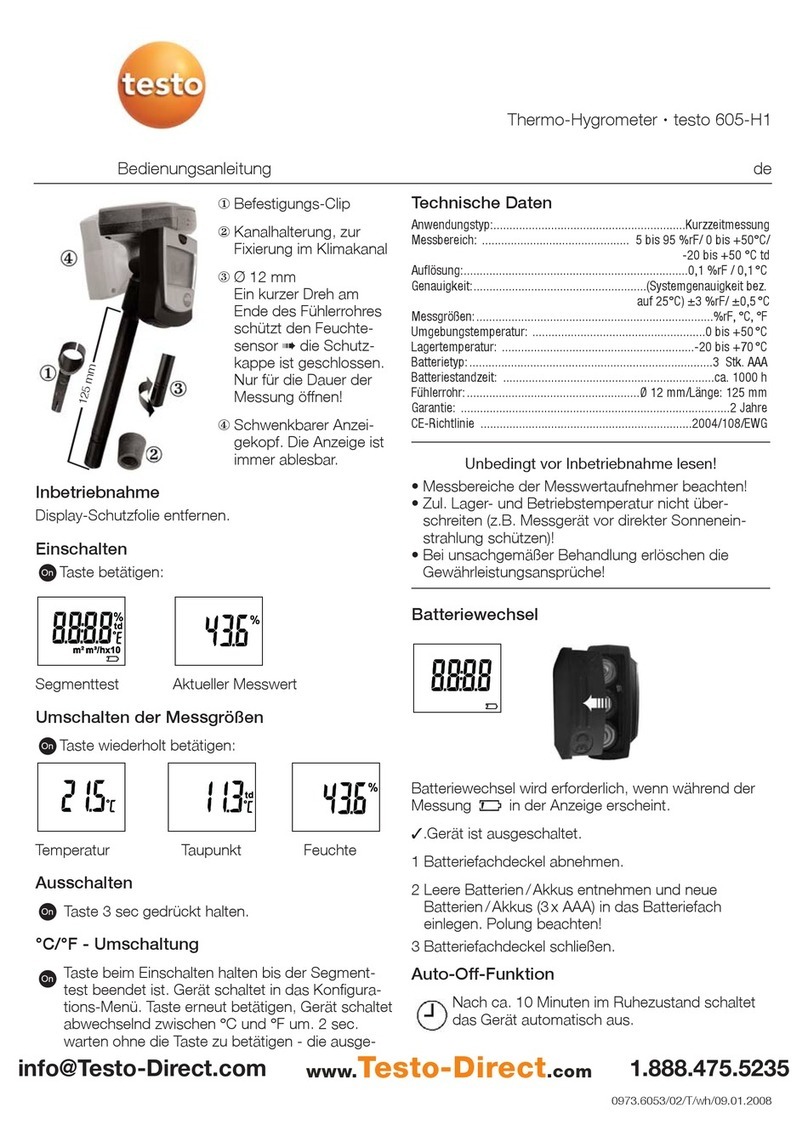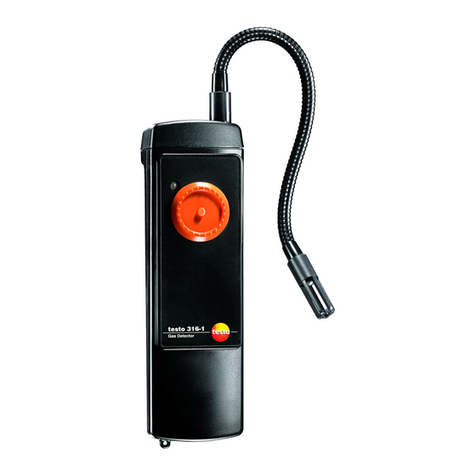1 Contents
3
1Contents
1Contents ...................................................................................................3
2Safety and the environment....................................................................5
2.1. About this document........................................................................5
2.2. Safety ..............................................................................................5
2.3. Protecting the environment..............................................................6
3Specifications ..........................................................................................7
3.1. Use ..................................................................................................7
3.2. Technical data .................................................................................7
4Product description...............................................................................12
5Using the product ..................................................................................16
5.1. Commissioning ..............................................................................16
5.2. Switching on / off ...........................................................................16
5.3. Setting the date / time....................................................................16
5.4. Showing / hiding the date / time.....................................................17
5.5. Switching the display illumination on / off ......................................17
5.6. Changing the frequency weighting ................................................17
5.7. Changing the time weighting .........................................................17
5.8. Measuring......................................................................................18
5.9. Using the min / max hold function..................................................19
5.10. Using individual value storage .......................................................20
5.11. Using measurement series storage ...............................................20
5.12. Using AC / DC signal output ..........................................................21
5.13. Using PC interface.........................................................................22
6Maintaining the product ........................................................................22
6.1. Cleaning the instrument.................................................................22
6.2. Changing batteries ........................................................................22
6.3. Calibrating / adjusting the instrument ............................................22
7testo 816-1 software ..............................................................................23
7.1. System requirements.....................................................................23
7.2. Installing the drivers / software ......................................................23
7.3. Connecting the instrument to the PC.............................................23
7.4. Starting the software......................................................................24
7.5. User interface ................................................................................24
7.5.1. Main menu.....................................................................................................24


